
Top 10 Amazing Facts about Colours for Kids
Howdy young learner, we sincerely hope you are doing well. This time round we will be indulging ourselves with the colorful world of colors. We will try to learn all there is possible to know about colors. The origin, types, and the different criteria of colors all at one step at a time.
Colors bring life to paintings. Colors are considered the soul of the all living beings. Various eccentric colors are apparent in our appearances, cloth, culture, food, and more. The flags of our countries and cities have colors. Learning Mole is here to teach you all about colors.
Animals have colors. Fish. All of the flowers and nature. The desert, ocean, and sky. Even though some may argue that it is not a color that we see and it is a mere reflection and that colors do not exist because it is a trick of the brain.
However, colors exist. We even associated some colors with emotions and feelings. For example, we observe in the movie, Inside Out, joy is yellow, sadness is blue, disgust is green, fear is purple, and anger is red.
Life is full of colors and is quite radiant. Some people even have the gift of perceiving auras. We will elaborate and discuss all of this in as much detail as possible. Colors make up so much of our lives that it would be unfair to not know as little about them as the basics.
We are here to tell you those basic facts, share knowledge with you, and explore the colorful spectrum that life has to offer. Maybe by the end of this article, you would have decided to choose a favorite color that tells you more about your personality.
Yes! Colors do not only reflect emotions or fill the world, but also tell us hidden stories about our own personality. Learning Mole is wearing its learning cap and has fastened its knowledge seatbelt. You should wear yours and fasten your knowledge seatbelt.
It is going to be a lovely ride. Each color is unique and carries meaning that is different from the other colors. First off, let us start our ride with a historical delving into the past and discover the history behind colors.
Colours’ History
The first color wheel was presented by Sir Issac Newton. It was in the 17th century. Around the time he first discovered the spectrum of light. At the time, color was believed to be the product that results from the mixing of light and dark.
For example, red is the most light, whereas blue is the most dark and so mixing them would give us a color. Colors developed individual names over time. So, colors were named worldwide based on how the eyes work.
In reality, scientists discovered that color names always seem to appear in a specific order of importance across different cultures. As in black, white, red, green, yellow, and blue. Some colors are pretty rare. Other colors are just pretty.
More colors appeared overtime. More shades and mixtures of colors appeared. Pink is one of the oldest colors in the world. There are different explanations that go way back. Notably, the clarification by two linguists, Brent Berlin and Paul Kay was done as early as in 1960.
They gathered all color- naming data from 20 languages. In order to agree on the naming of the colors. However, the scientific origin of colors tells another story. Colors are said to result from electromagnetic radiation of a range of wavelengths that are visible to the eye.
The three characteristics of hue, saturation, and brightness are what is commonly used to distinguish one color from another. According to Science, an object appears to be colored because of how light reacts with it. You can learn more about Science on Learning Mole!
And since we are briefly mentioning reactions, let us tell you some more about the four main types of color schemes or palettes as some may know them as. The first is the monochromatic color palettes.
This palette is all about keeping things plain and simple. It consists of nearly the same hue, but in different shades and tones. Second is the analogous color palettes. Third is the complementary color palettes. Fourth is the triadic color palettes.
There are actually many more, but those are the ones we will be mentioning for now. Moving onto the types of colors. We have primary and secondary colors. There are more, but again we are just briefly mentioning a few and who knows? Maybe we will carry on if you keep reading.
The primary colors are red, yellow, and blue. Black and white are shades, not colors. As for the secondary colors, there are about three as well. Those are orange, green, and violet. The types of colors do not end here.
There are even six more colors. Those are the tertiary colors. They are red- orange, yellow- orange, yellow- green, blue- green, blue- violet, and red- violet. They are formed by mixing a primary color with a secondary color.
There are even metallic colors. Those are bronze, silver, gold, and platinum. There is one color that does not exist. It is called magenta. It does not exist because it has no wavelength. So, there is no place for it on the spectrum.
The only reason why we are able to see it is because our brain does not like green, which is magenta’s complement, between purple and red. That is why it substitutes with a new thing. However, there is a saying that ‘A color only exists in your head’ by the neuroscientist Beau Lotto.
He said that light does exist. However, colors are produced through an elaborate network of sophisticated cells in the brain that compares the activity of these cones and then signals from our brain to produce the impression of colors.
There are exactly about 18 decillion colors out there. Scientists determined that we are able to see about 1,000 levels of dark- light and about 100 levels of each red- green and yellow- blue. So, that is about 10 million colors there to be counted.
Pink is actually not a color on the spectrum and most flag colors are colors on the spectrum. That is why, you would not be able to find any pink flags out there. Another reason is that the red- colored fabric will fade into pink in sunlight.
So, pink- colored flags will, from the start, look like a faded red flag. It is said that artists are the ones who invented the first pigments. They combined what they could find to form a painting or a memorial.
A combination of soil, animal fat, burnt charcoal, and chalk. It was as early as 40,000 years ago when the basic palette of five colors was created. Those were red, yellow, brown, black, and white. Since that day onwards, the world of color history witnessed a perpetual discovery.
Some argue it was through exploration. Other may say it was through scientific experimentation. However, the invention of new pigments accompanied the developments of art history’s greatest well- known movements. That was from Renaissance to Impressionism.
Artists experimented with colors in artistic ways that were never before seen in the history of painting and art. Each color has a story to tell and a history to live up to. We will discuss as many colors as this article will allow us to. So, let us get started, my friend.
First off, we will be covering the two shades, then, the primary colors, the secondary colors, the tertiary colors, and the metallic colors as the finale. The two shades are black and white. We will be starting with the latter.

The White Color
The white color or should I say shade, is pretty distinctive. Have you ever wondered why that shade always appears when you spin the wheel of colors pretty fast? Why some people believe it is the result of all the colors combined?
The answer is simple. It is indeed the color of wonder. White is an achromatic color. It is a color without hue. It has been stable as a special pigment in art, history, and culture. The white color came to represent innocence throughout the years.
White shows purity and that is why in most weddings a bride wears white. That is to convey her purity. However, blue was the color that was worn by brides for some time because it also conveyed innocence and symbolized purity. It was the traditional color.
White took that title, however. It came to represent cleanness, freshness, and simplicity. White is so pure, but it is not engaging enough for children. Kids love colorful stuff. So, white did not make it on the list.
White is a mesmerizing color and it will always be. I even have a white cat. Of course apart from the white fur sticking everywhere and the consistent meowing at the middle of the night, her white color is magical with those sweet blue eyes.
In case you are not a cat fan, then you should probably disregard that last remark. Albus is the Latin name of the white color and yes, it does have to do with Harry Potter. You are probably wondering; how?
Well, Albus Dumbledore is the wizard we are talking about. We hope you are a Harry Potter fan who appreciates the humor. As for the history of the white color, it is known as the symbol of purity, honesty, innocence, and cleanliness.
However, it is also repeatedly portrayed as a representation of illness, particularly skin- related diseases. It is the color of white paper and canvas we draw on. It is the start level of most if not all of the paintings.
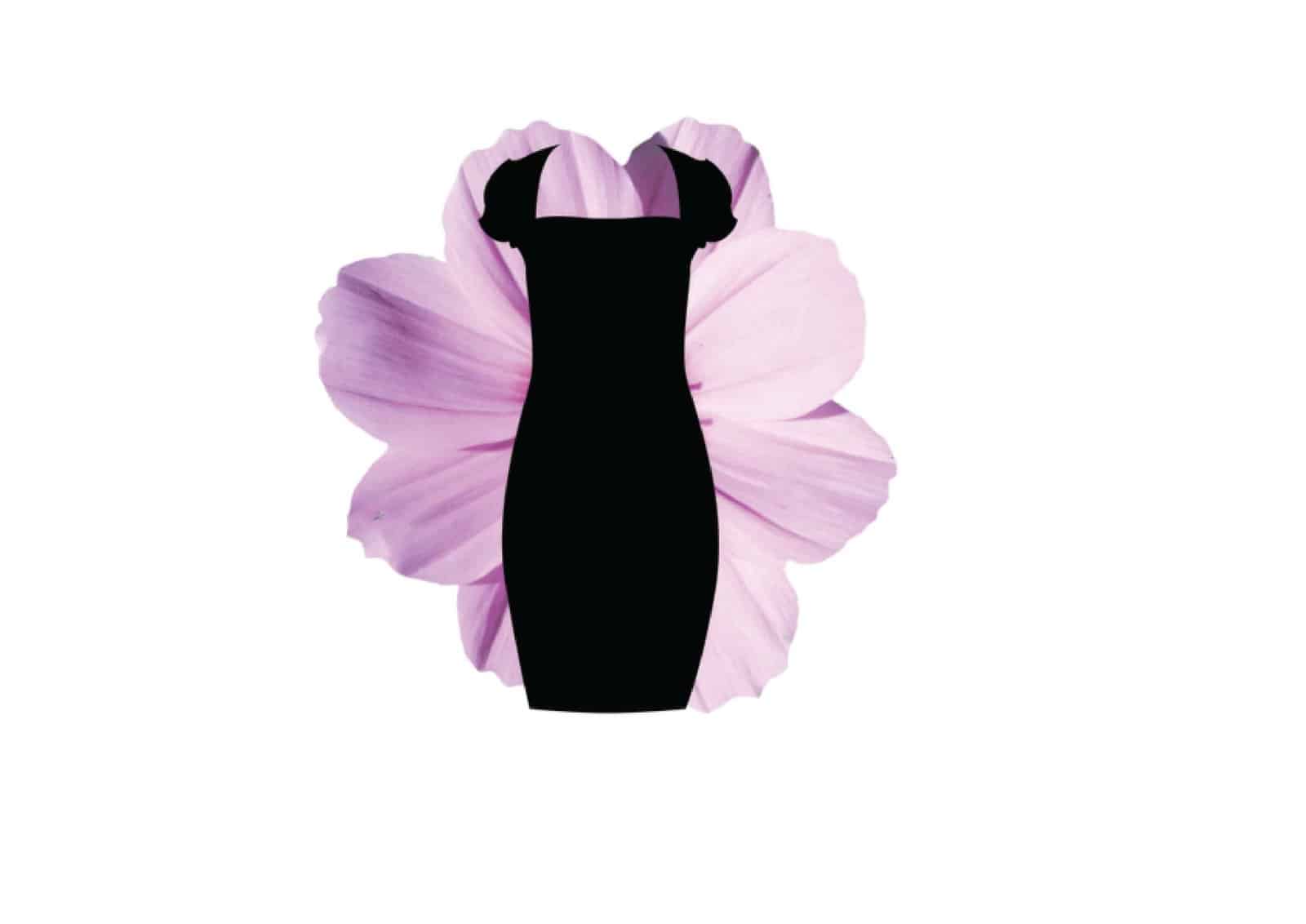
The Black Color
On the other hand, you see that black shadow? It is the color black. What color do you see when you close your eyes? That is right, black! This specific color shade is quite essential for everything to make more sense.
In art, black helps point out details and charcoal painting solely depends on the usage of various different shades of the color black. Black is royal in a sense. Some believe it is the color that relates to our darkest emotions just because it is black.
However, in reality, it may portray our dark emotions in the sense that we wear black on funerals and memorial services, but still black is worn as the color of elegance and royalty by most men in suits and tuxedos and women in extravagant black dresses.
Black is a wonder in itself. It is not just a mere color or shade. Black is adopted as a color of status. It is not the ‘red’ carpet, but still black is a favorite all over the world. In Latin, black is nigreos.
Some shades of black include onyx, olive, black, charcoal, and jet. Black represents for some people, evil, darkness, night, and despair. It conveys certainty and authority. Sometimes it is used in opposition with white, as a symbol of the eternal struggle between day and night, good and evil, and right and wrong.
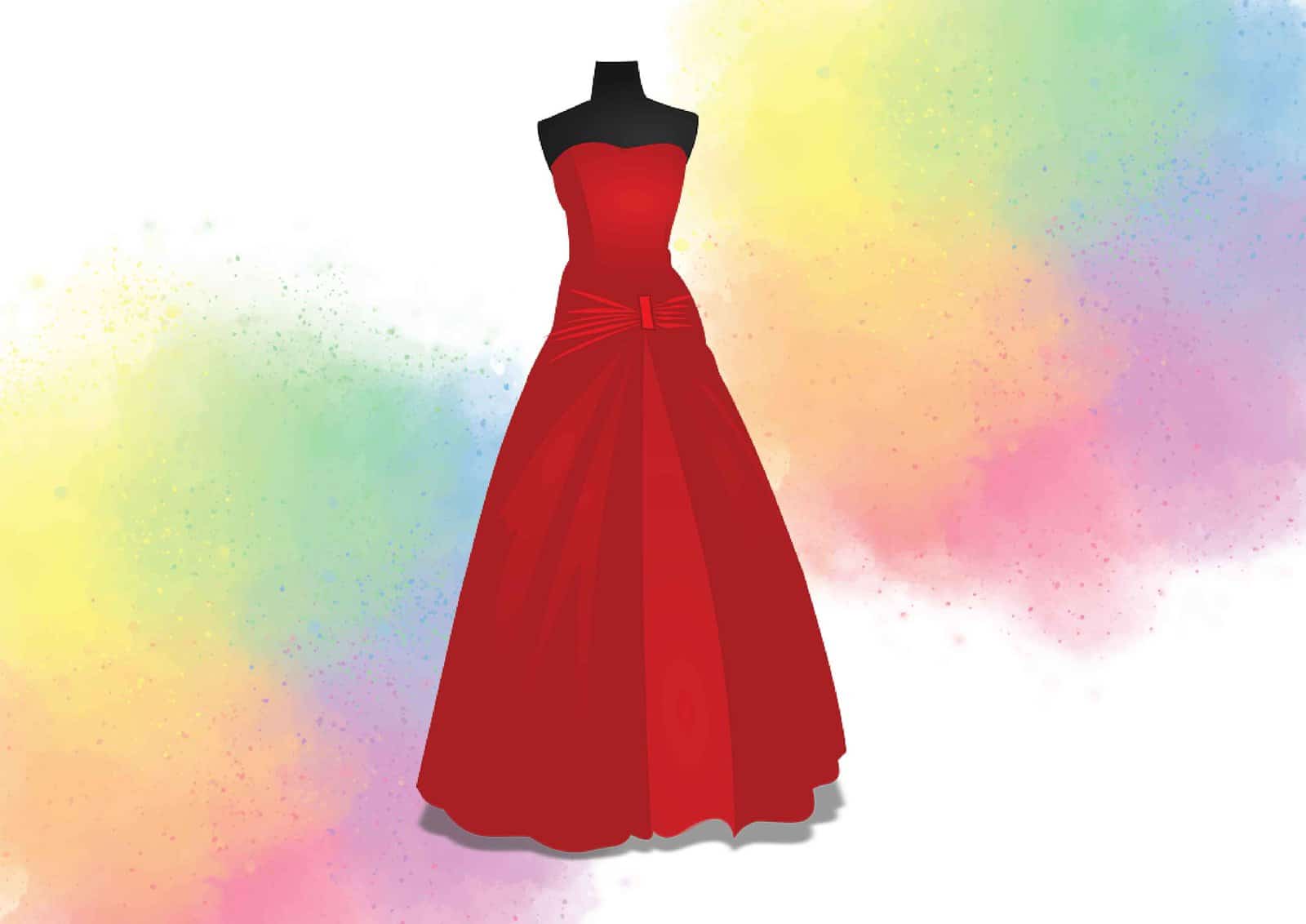
The Red Color
Colors are amazingly captivating in their own way. Colors play a huge part in calling flowers ‘pretty’ and that should count for something. The color of passion, the first primary color we are speaking of, and the color we are so mesmerized by.
Red is the color of many things. It is a vibrant color. It is said to be a positive color. It is a color of the long wavelength end of the visible spectrum of light, next to orange, and opposite of violet. Red is so many things, but we will try to keep it narrow.
Red is known as the color of energy, passion, and action. It is associated with survival and physical needs. Just like hunger. Did you know that the color red evokes hunger? So, painting that kitchen red is not such a good idea.
Red excites us and motivates us to take action because it is the color of action. If you are interested, we recommend you delve deeper into the story of the red color on Learning Mole. We have a story that is exclusive for every color tailored just for you, my friend.
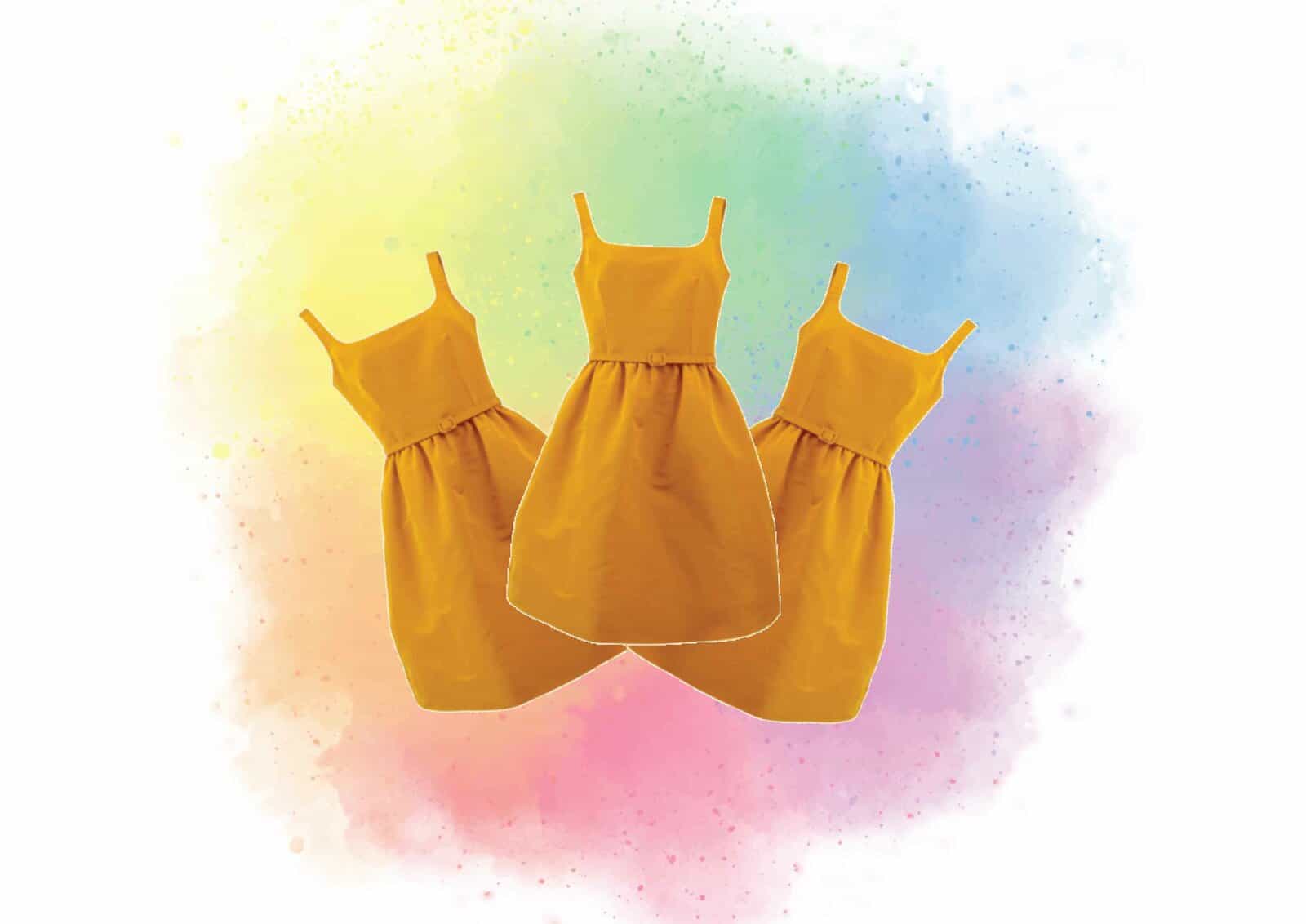
The Yellow Color
The next color on our color wheel is yellow. Not the bright yellow of the sun, which we recommend to not look at, but the bright primary color, yellow. Yellow symbolizes happiness, warmth, and sunshine.
In most cultures, you would find that the previous is the representation of the yellow color. Those are the characteristics of the yellow sun and its effects. As we mentioned earlier yellow is a primary color, but what is a primary color?
A primary color, my friend is a color that cannot be created by mixing any two paint colors. If you mix two colors of the primary colors, you get what we call a secondary color. If you mix a primary and a secondary color, you will most probably get what we call a tertiary color.
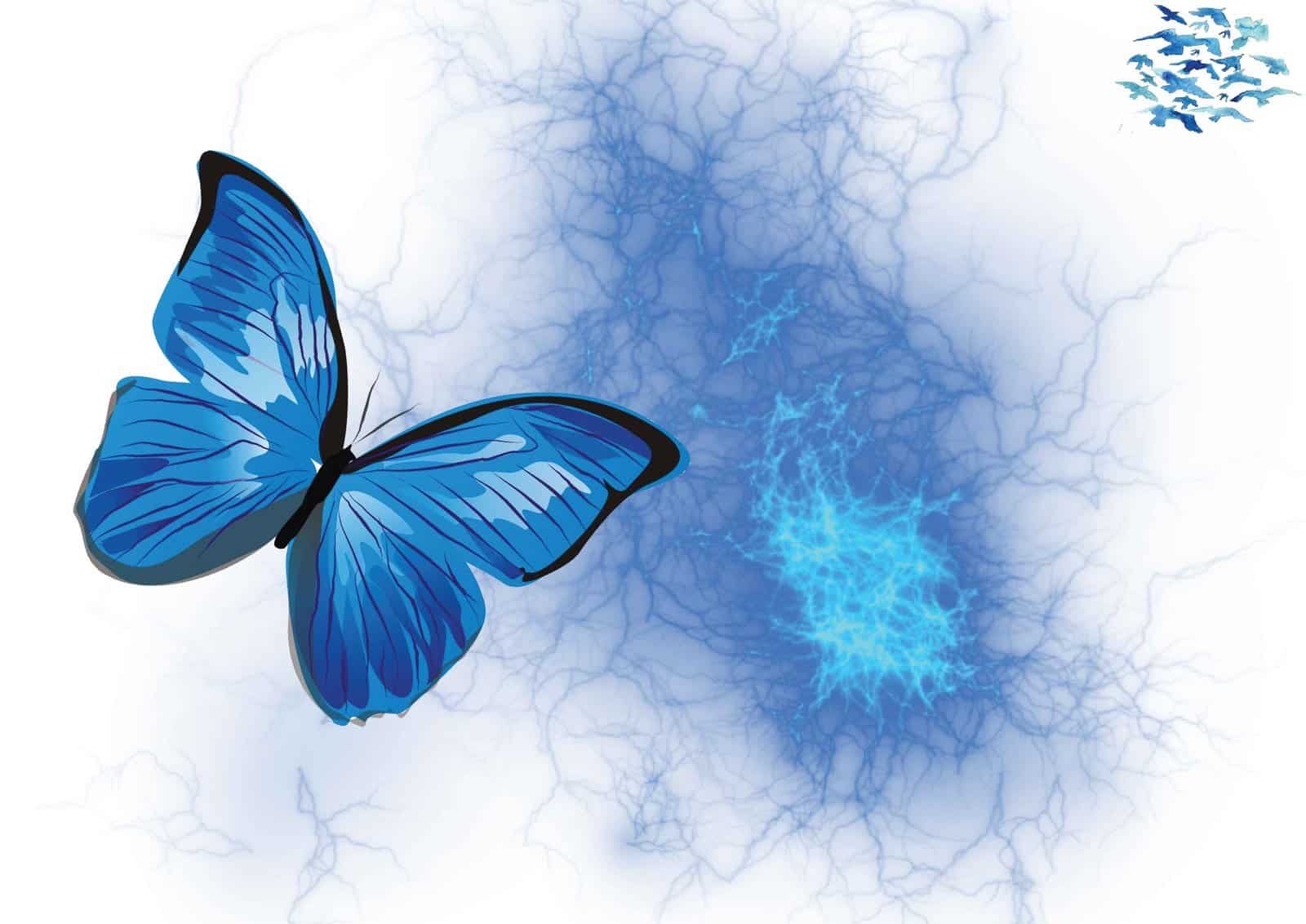
The Blue Color
Moving onto the blue color, we want to remind you that on Learning Mole we have all the exclusive stories of colors available only for your special taste. You get to choose which story you want to read and we make your journey memorable.
Blue is the color of the sky, or so we believe. Our brains are programmed to believe that blue is the color of the sky and the water is blue as well. However, in reality, water is transparent. It is not blue. It takes on that color because of the light reflection.
The ocean reflects the sky and so it appears blue. Blue is just like the song that goes: I Am Blue by Eiffel 65. Now keep singing it as we explore more about the secondary colors next.
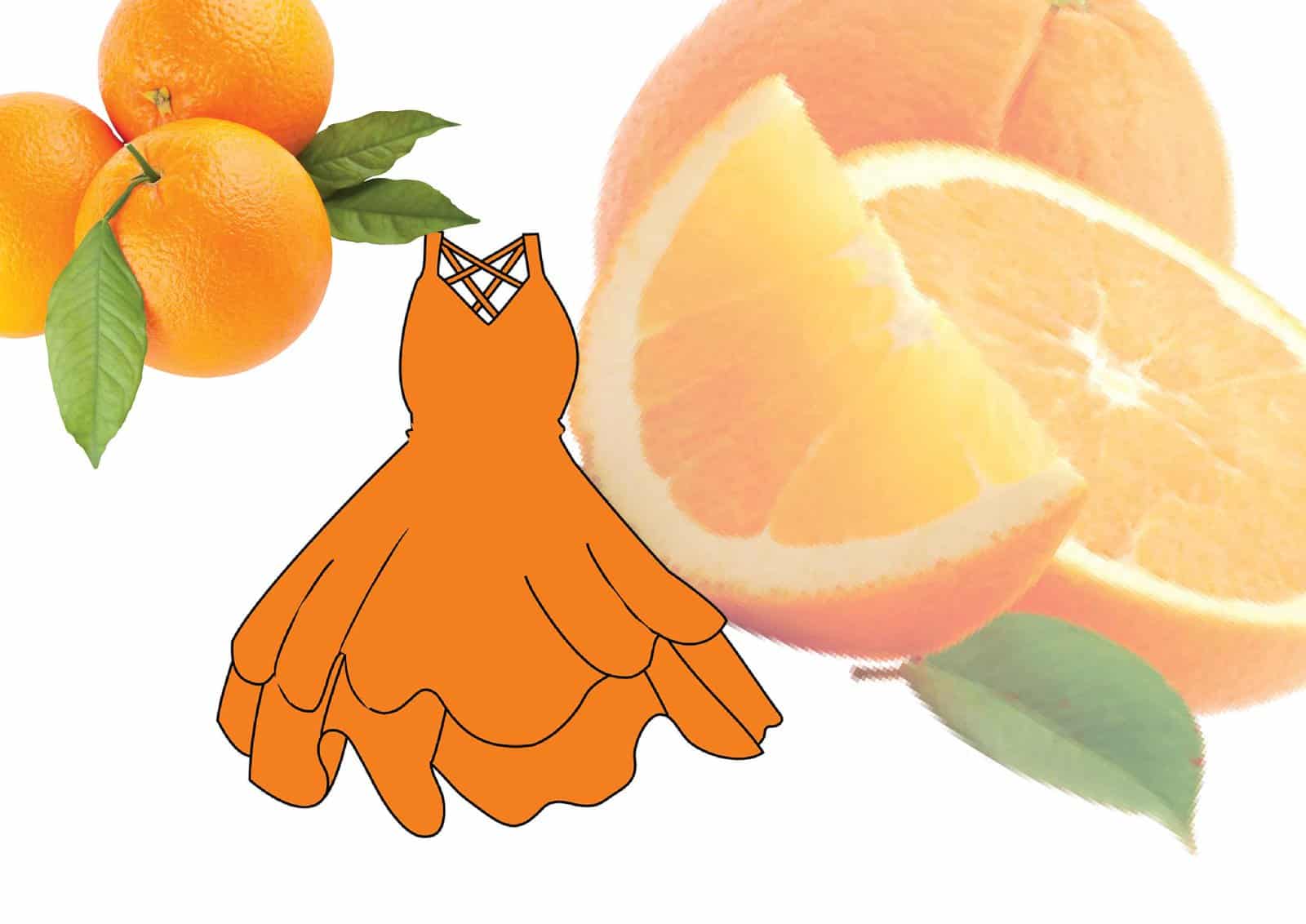
The Orange Color
Orange is the first secondary color we will be exploring this time round. Orange is a very tasty fruit, friendly corporate in Egypt, and a secondary color. Orange is the color between the yellow and red.
Orange means optimism. It evokes emotions of adventure and creativity. Orange encourages us to be creative and it even stimulates appetite. So, orange is another color that will certainly make you hungry. Red and yellow form orange.
It adds up to our positivity and encourage traits like creativity and spontaneity. Orange is such a gently amazing color. Did you decide on your favorite color yet? Do not worry, you can take your time. We still have an ongoing list to go.
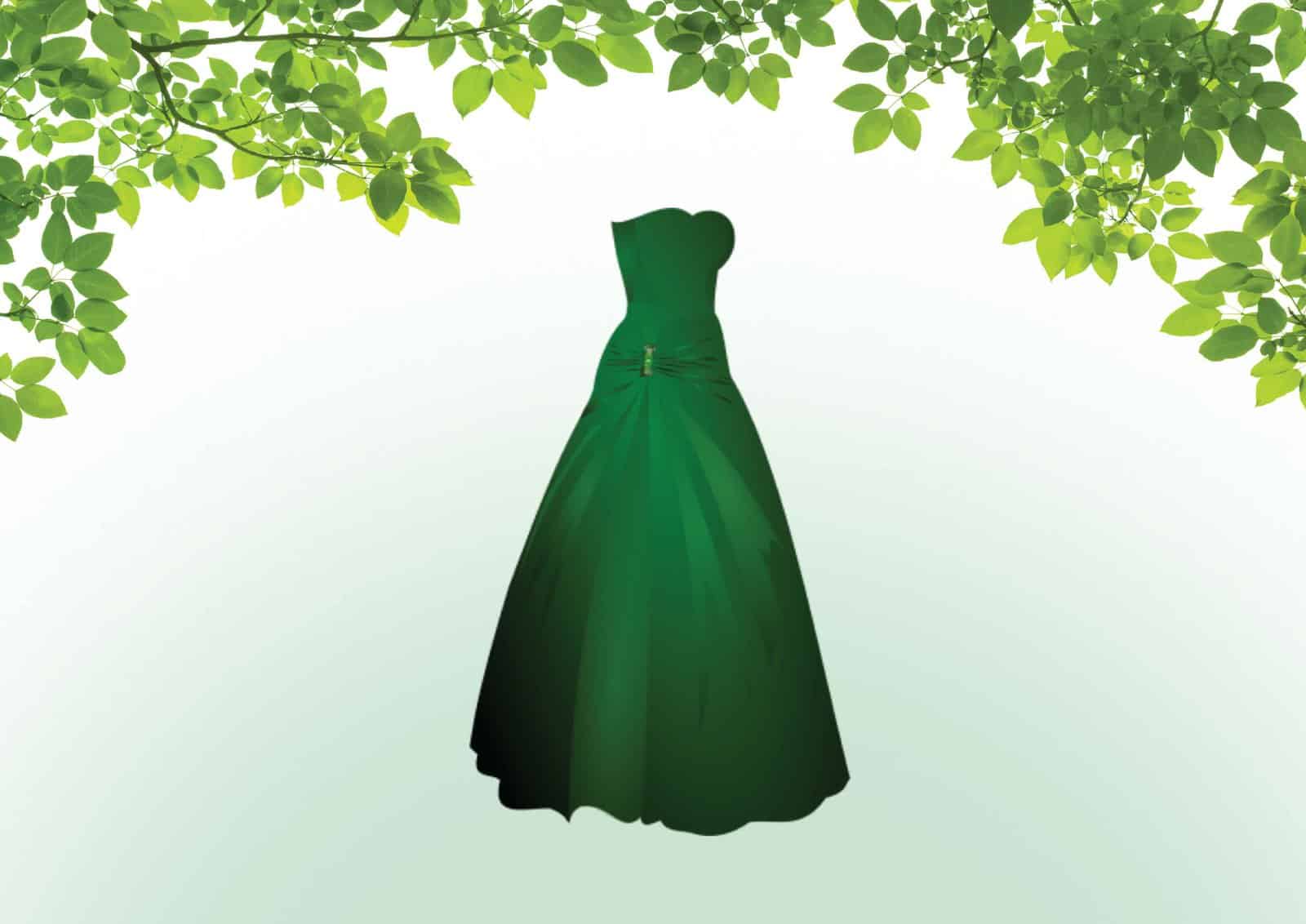
The Green Color
Green plants and nature. Green is the second secondary color we will be exploring. Green symbolizes nature. It is linked to grass, plants, and trees. Growth and renewal? You name it! Green is the color of spring and rebirth.
There is also another association with the green color and that is ‘getting the green light’ meaning to go ahead. That association gave it an extra layer of meaning. It became a color associated with taking action. Blue and yellow form green.
Some people are known as green personalities and those tend to be perfectionistic, analytical, conceptual, cool, calm, inventive, and logical. They seek knowledge and understanding. They look for explanations and answers. They make excellent researchers.
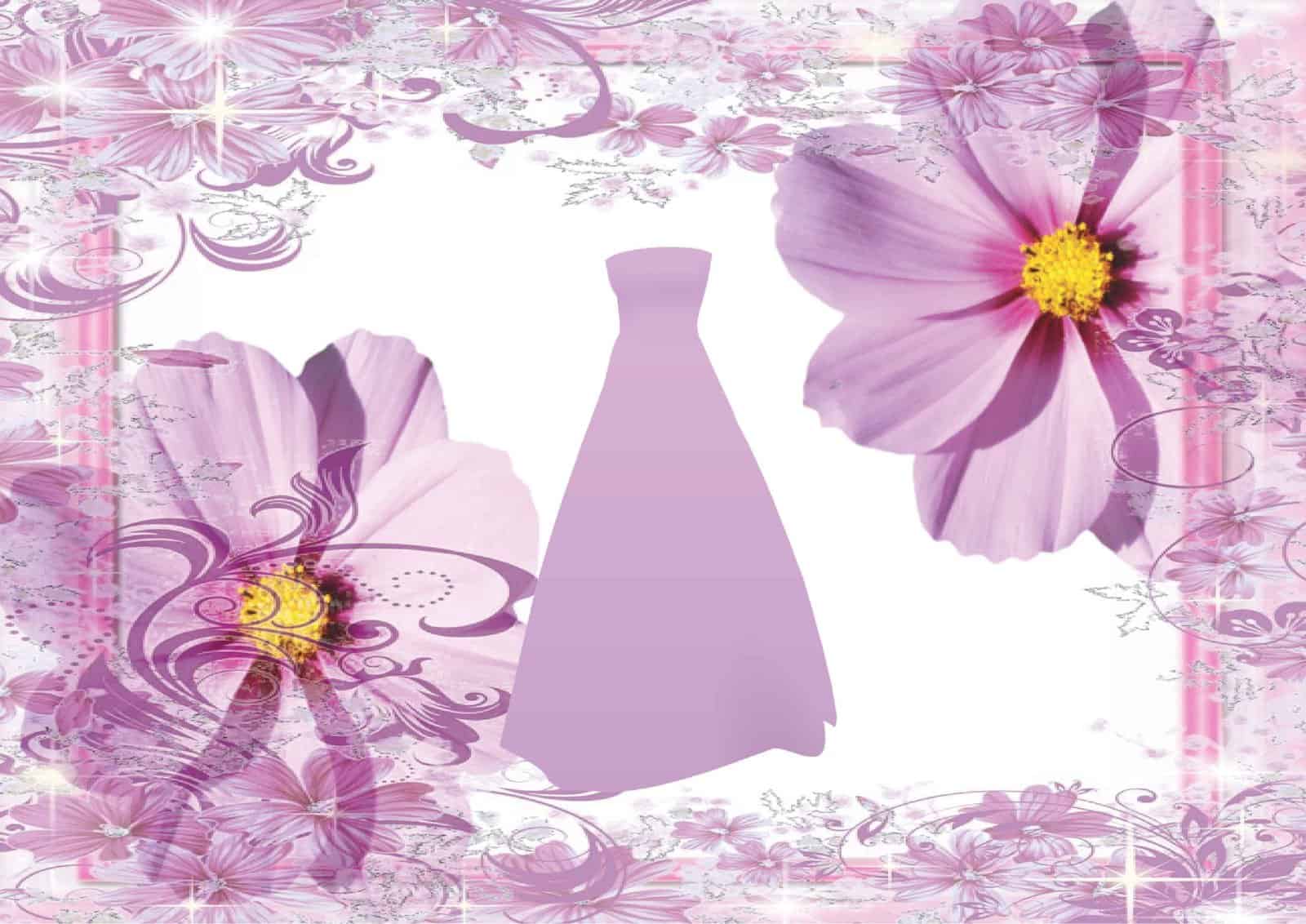
The Violet Color
Mix blue and red and you will get violet. Each secondary color is halfway existent between the two primary colors it is mixed from. Violet is a genuine hue that is evident in nature because of its presence in the electromagnetic spectrum.
Purple is not the same as violet. Purple is the result of an unnatural combination of red and blue. The violet flower is closer to purple than it is to blue. However, what a person may see is magically within the eye of the beholder.
There are violets that are mostly white and some are even yellow. So, do not take the phrase “roses are red, violets are blue” to heart. The violet color represents the calm stability of the blue color and the fierce energy of the red.
The color purple is often associated with royalty, nobility, luxury, power, and ambition. It is why at some point in time, royalty were known to dress in purple. The color represents wealth and extravagance.
Some believe it represents creativity, wisdom, dignity, devotion, peace, pride, mystery, independence, and magic. On the other hand, indigo refers to the color that is halfway between blue and violet.
Remember violet is halfway blue and purple. So, indigo is one quarter purple and three quarters blue. Just so you know, lavender is a light shade of purple. It is quite the magnificent color to look at. Fascinating and magical. It is the last secondary color before we step onto the tertiary colors.
Tertiary Colors
Red- orange is bright and exciting. It is associated with physical energy. It is playful, energetic, and quite engaging. It may symbolize health and vitality. On the other hand, we have secondly Yellow- orange or as some may know it as; amber.
Amber is a bright warm color that is midway between yellow and orange. Thirdly, we have Yellow- green. Yellow- green is also commonly known as chartreuse. It lies between green and yellow in the color wheel.
Lime, on the other hand, is a shade of yellow- green. It is named after the representation of the color of the citrus fruit called limes. It is the color between the web color chartreuse and yellow on the color wheel.
Fourth is blue- green. Blue- green is also known as cyan. Cyan is commonly known as aqua. Fifth is blue- violet. Blue- violet is a color we briefly mentioned and that is indigo. It is a combination of deep blue and violet.
It holds the attributes of both of those colors. The color indigo holds different meanings and represents devotion, wisdom, fairness, justice, and impartiality. Finally, the sixth tertiary color is red- violet. Red- violet is also known as magenta.
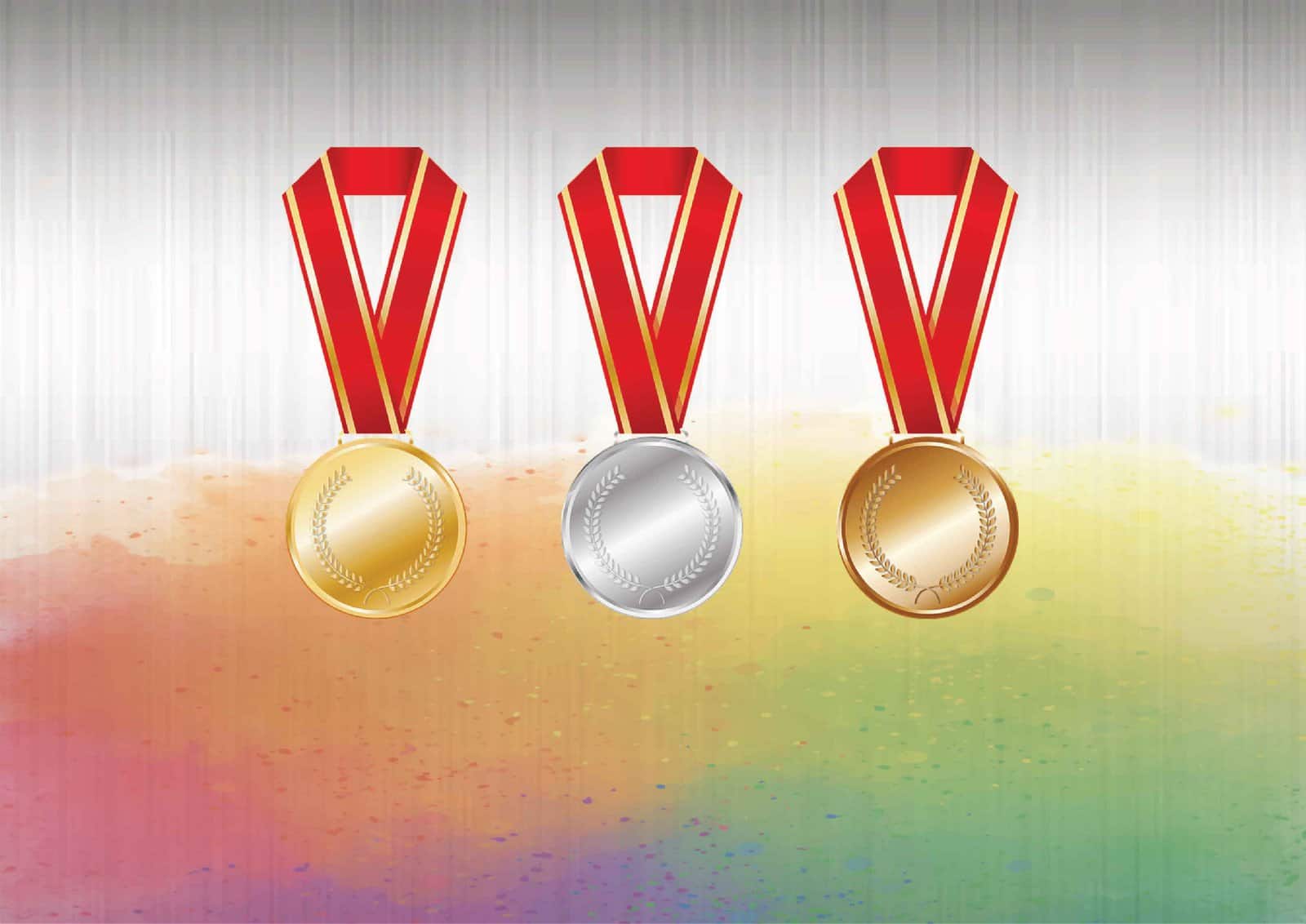
Metallic Colors
Bronze is a metallic brown color that resembles the metal alloy bronze. Silver, on the other hand, is known as metallic gray. It is a color representing gray in a way. Sometimes, it is said to be the color of polished silver.
To most of us, silver and gray may be quite similar. They are indeed similar as they appear to be, but grey is a flat color whereas silver often has a reflective property to it. Grey is a mixture of black and white, while silver is also a mixture of black and white, but with a pearly tint.
That being said, it has a metallic tint to it that distinguishes it from the gray color. Gold or as some may know it as metallic gold is the third metallic color we will mention. Gold is named after a precious metal.
It reflects luxury, success, achievement, and triumph. It is closely related to wealth and loyalty. It is a color that is halfway between amber and yellow. Finally, we have platinum. The platinum color is quite special.
It is another yet metallic color. It is the color of grayish- white. It is also quite pale that it resembles the metal itself, platinum. The first use of the color was recorded in English in 1918. There are so many different types and shades of colors out there for us to know more about.
We only mentioned a few. So, make sure you keep reading to know more about the different colors out there, my friend. Each color out of the primary and secondary colors has a longer story to tell. So, you will find those exclusively on Learning Mole.
Do not wait! Become that color expert you want to become today, my friend. Just make sure you remember this short colorful story we experienced together. For the record, there are other types of colors that were not mentioned here. One of those is the neutral colors.
The Finale
Now that you know all there is to know about the different types of colors, my friend, let us move up onto a new adventure together. Make sure you check the different stories each color has to tell.
Colors are of great importance. We cannot even imagine what the world would look like without colors. If it was just the two shades; black and white. A dog is said to see the world in black and white. Colors do make a difference.
That is why it is very important that you get to know all you can about colors because they make all the difference. A world without colors is not a world you would like to be in, my friend. We covered so many colors out of the colors wheel, but there is still more to cover.
Keep learning, visiting, and exploring Learning Mole for more. Our stories are endless and we have so many adventures we want to experience with you, stories to tell you, and so much more. Learning can indeed be fun. The world is beautiful and is full of wonders.
We learned that colors have various types and we spoke only of a few in this article. Those are the two shades: Black and White; the three primary colors: Red, Yellow, and Blue; the three secondary colors: Orange, Green, and Violet; the six tertiary colors: Red- orange, Yellow- orange, Yellow- green, Blue- green, Blue- violet, and Red- violet; and the metallic colors: Bronze, Silver, Gold, and Platinum.
We discussed each color of those briefly and we recommend you go through the rest of our stories, adventures, and tales on Learning Mole. We have so much we want to share with you so get right into business and tell us your thoughts. We cannot wait to hear from you.
Why not subscribe to our LearningMole Library for as little as £1.99 per month to access over 1200 fun educational videos.


Leave a Reply